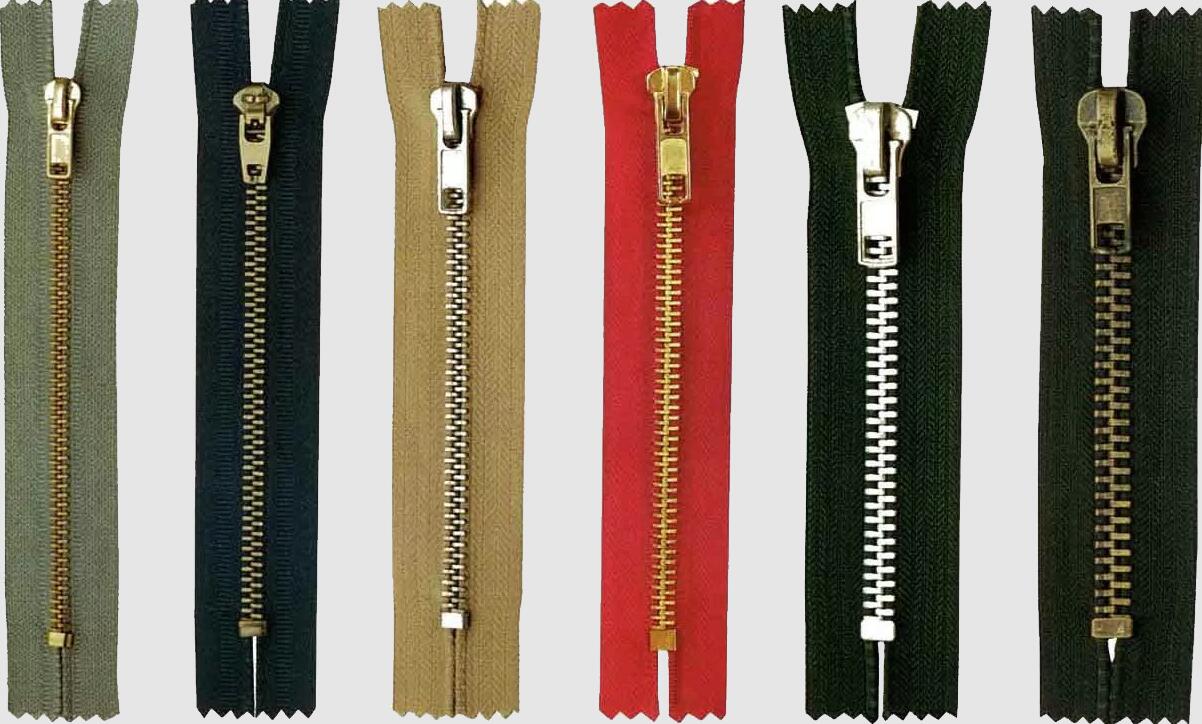
NewsInformation Center
10 Tips for Choosing the Right Zipper Per reciprocating Pull Tester
2023/05/06
A zipper reciprocating pull tester is a common testing instrument used to measure the tensile or compressive properties of materials. It is also known as a humanoid pull test or a human pull tester. It is mainly used for testing the tensile, fracture, tearing, fatigue and other properties of light materials such as textiles, bursting strength, zippers, film materials, and the reliability of personal protective equipment.



Here are 10 tips for choosing the right zipper according to the zipper reciprocating pull tester:
1. Determine the test method: The test instrument can be used for two types of tests: Open-Loop and Closed-Loop. In the open-loop test, only one zipper slider is clamped and tension is applied to it; while in the closed-loop test, the test specimen clamps the continuous chain and stretches and releases the entire zipper. The choice of test method should take into account the actual use scenario.
2. Test sample preparation: For how to prepare zipper samples, decide whether to include the zipper head, tail or only the middle part of the zipper, etc. according to the actual use requirements.
3. Test speed: The choice of test speed should also take into account the actual use scenario. For example, the test of sportswear zippers usually uses a relatively fast speed.
4. Pressure adjustment: The pressure needs to be adjusted during the test to ensure that the applied pulling force matches the actual use conditions.
5. Accuracy and repeatability: The test instrument should have high precision and good repeatability so that reliable testing can be performed and small changes can be detected.
6. Data Collection: Choose a test instrument with data collection and analysis capabilities to better measure test results and diagnose problems.
7. Temperature control: For some zippers with poor shape stability, it is necessary to pay close attention to the temperature control during the test to ensure the accuracy of the data.

8. Standard compliance: Select the standard recognized in the corresponding country or region to ensure that the test results comply with relevant norms or regulations.
9. Suitability for application: The test instrument should meet the requirements applicable to the sample to be tested and the actual use.
10. Manufacturer and after-sales support: Choose test instruments with good after-sales support and manufacturer's quality assurance to ensure smooth use and technical support.
Reciprocating tensile testing machines generally have the characteristics of high precision, high degree of automation, and high reliability of test data, and are widely used in materials science, textiles, leather, clothing, automobiles, electronics and other industries.
Previous: What is the sweating guarded hotplate, and how does it work?
N e x t : The Ultimate Guide to Installing a Zipper Reciprocating Pull Tester



